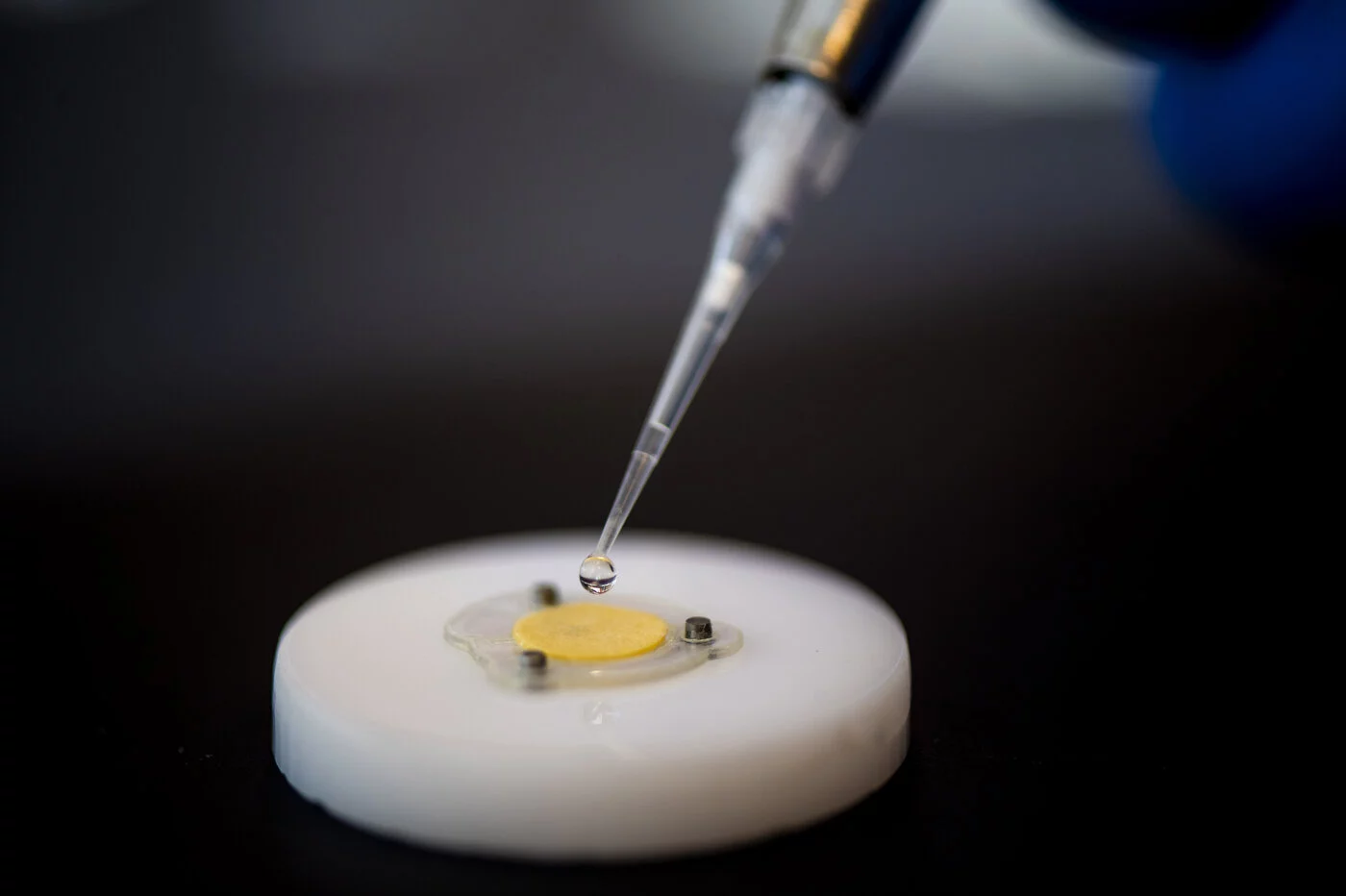The dangers around spending too much time in the sun are well established, and over the years we have seen a number of interesting technological solutions that alert the user when they should make for the shade. Scientists at Northeastern University have thrown another possibility into the mix, and one that came about through a serendipitous discovery concerning the color-changing ways of camouflaging squid.
Paper-based eco-sensors that warn of impending sunburn, stylish bracelets that monitor sunlight exposure and wrist bands that let you know when it's time to re-apply sunscreen are just a few of the devices we've seen designed to reduce incidences of skin cancer due to UV exposure.
The starting point for the Northeastern team turned out to be a study into the way tentacled sea creatures such as squid are able to effortlessly blend in to their environments.
This research has seen the scientists identify a range of pigments, chemical reactions and mechanisms that facilitate this form of camouflage, but it was one in particular they've found plays a central role. Called xanthommatin, the small molecule is what gives squid its visible color. The team had already demonstrated how it could be manipulated to bring about color-changing capabilities, and to that end, were actually investigating how it could be worked into clothing or other consumer products.
But when xanthommatin was left out on the lab bench in ambient light as a way of testing its stability in everyday environments, the scientists were left disappointed, noticing that it couldn't actually do so without changing color.
"When we noticed it changed color in light, we were super annoyed," says Leila Deravi, assistant professor of chemistry and chemical biology at Northeastern University.

Some of Deravi's team had experience in studying paper-based microfluidics, and wondered if these newfound light-sensitive capabilities of the molecule could be used as the basis for a new form of UV sensor. So they designed a finger-tip-sized device that could be worn on a shirt or bathing suit, comprising five layers of thin plastic, along with a round piece of paper treated with the pigment and then dried out.
A "button" was also integrated into the device that releases fluid from a small reservoir on its edge that travels through channels cut into the plastic and hydrates the treated paper. This in essence activates the device and the result is wet paper that reacts to UV radiation, shifting from a yellow/orange color to a red the more UV it is exposed to.
"We all know more or less that too much sun on a high-UV-index day is bad. But we don't necessarily know how that translates to time in the sun," said study author Dan Wilson. "This is meant to provide a visual, qualitative indication of when you may have been in the sun for too long and you should consider spending some time in the shade or reapplying your sunscreen."
The team tested out its sticker and found it worked well in a range of conditions. This involved calibrating it for UV levels that people are likely to experience in different scenarios, and even coating it in sunscreen, which caused it to change color much more slowly.
"I think you're always surprised by what a safe sun time is," said Wilson. "It really depends on the weather, but it can be minutes."
The scientists imagine the device finding use not just in monitoring sun exposure, but also in other scenarios where people need to measure UV radiation, such as when sterilizing surfaces, for example.
The research was published in the journal ACS Sensors.
Source: Northeastern University





